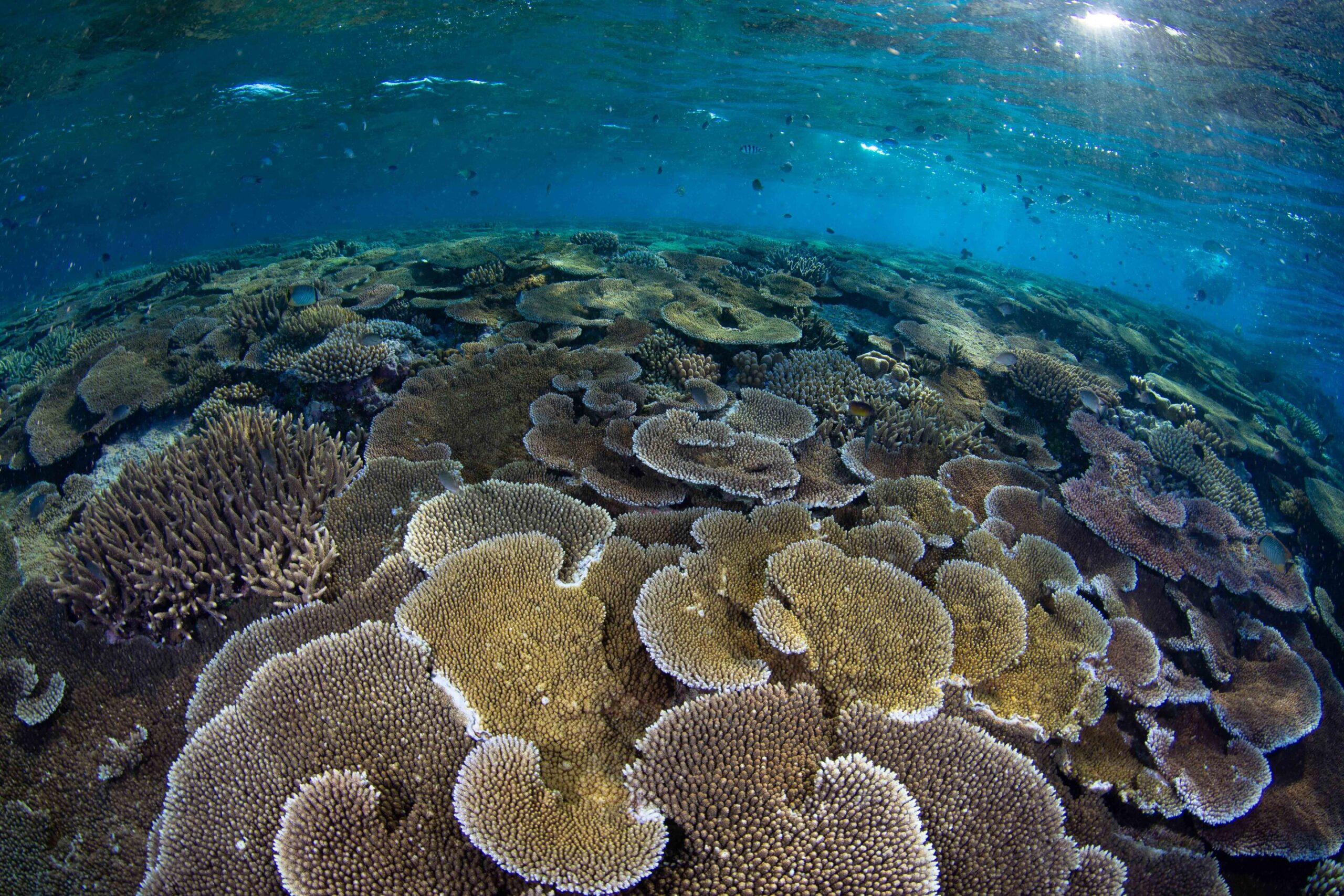Among the five newly described species is Acropora harriottae, named after the Australian coral reef ecologist, Dr Vicki Harriott. Another – Acropora nyinggulu – is a common species on Western Australia’s Ningaloo Reef. Its name was chosen in cooperation with the region’s Traditional Owners, the Baiyungu and Yinnigurrura people, as Nyinggulu is the traditional name of the area.
Queensland Museum Principal Scientist of Marine Biodiversity, Dr Peter Cowman, also an associate professor at James Cook University, said the study “sets a new global benchmark for how scientists identify coral species.”
“We combined the latest genomic-scale DNA analysis and machine learning with a fresh look at century-old museum specimens to uncover evolutionary details we’ve never seen before,” said Dr Cowman. “It’s like reading the coral’s genetic history book.
“This allows us to identify new species with much more confidence, and it reveals a hidden world of coral diversity that’s been right in front of us all along.”
This groundbreaking research was made possible through comparing the DNA of newly collected corals with historical specimens held in Queensland Museum’s State Collection and collections from museums across the globe. Data from more than 5,000 coral colonies collected and sequenced as part of Queensland Museum’s CoralBank Project played a key role.
“Without that physical reference from the collection, we would have the genetic information, but no way to assign it to the correct species,” said Dr Tom Bridge, Queensland Museum senior curator of corals and associate professor at James Cook University. “It proves that museum collections are an irreplaceable resource for understanding and protecting our natural world.”
The study has also been described as a ‘wake-up call for conservation’, indicating that coral species thought to be common and found everywhere may not be a cause for concern.
“But if that ‘one species’ turns out to be ten different ones, each living in a smaller area with lower numbers, they could be at much greater risk of disappearing,” said Professor Andrew Baird, a James Cook University professor of Marine Ecology. “We need to urgently rethink how we assess and protect coral species – because you can’t save something if you don’t even know it’s there.”
This is – according to Professor Baird – also important for assessing proposals to move coral species to other areas to assist recovery.
“It may seem like a good idea, but we may be inadvertently moving species into places they don’t naturally occur. As someone living in Queensland, cane toads are a constant reminder that even well-intentioned biological interventions can have serious and long-term effects.
“This research highlights the critical need for investment in taxonomy to aid ineffective reef conservation and management.”
The international team – which includes scientists from leading institutions across the Indo-Pacific and beyond, including Queensland Museum, James Cook University, the University of Technology Sydney, King Abdullah University of Science and Technology, the Smithsonian Institution, Kōrero O Te ‘Ōrau, and the Ministry of Fisheries, Tonga (among others) – used cutting edge genomic sequencing to analyse over 130 coral specimens across 22 Indo-Pacific regions.
The research, entitled ‘The tables have turned: taxonomy, systematics, and biogeography of the Acropora hyacinthus complex’, has been published in Invertebrate Systematics.
Click here for more from the Oceanographic Newsroom.
